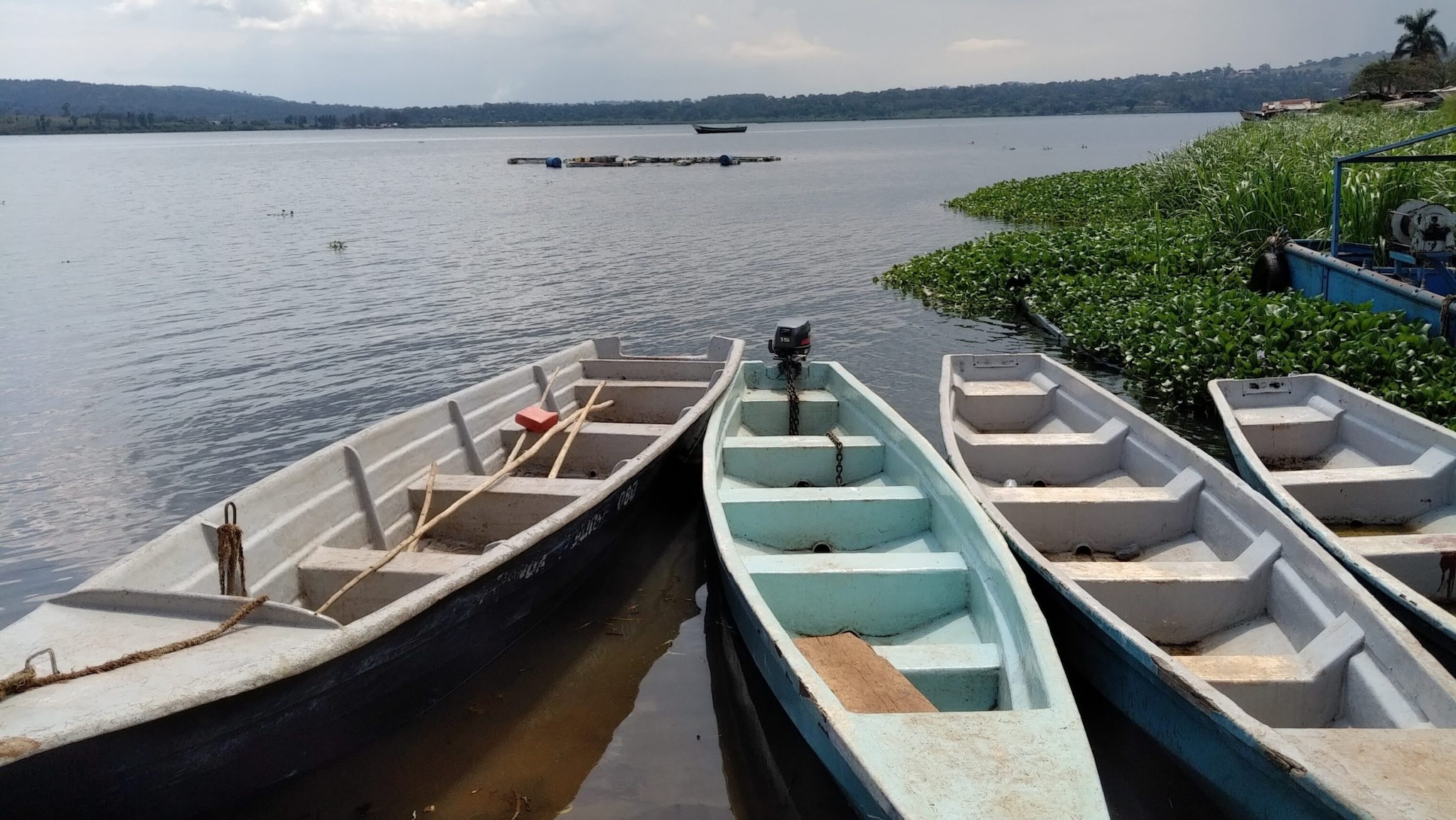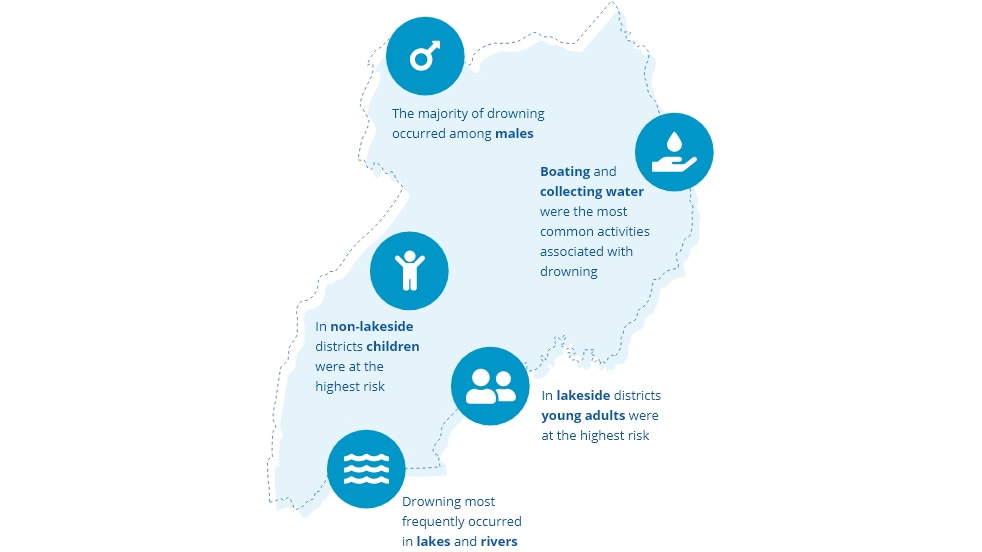Key points
- Drowning is the third leading cause of unintentional injury death worldwide, claiming about 236,000 lives each year.
- Over 90% of drowning deaths occur in low- and middle-income countries, with children under the age of five at highest risk.
- CDC collaborates with the CDC Foundation and Bloomberg Philanthropies on global drowning work to confront this vast problem.

Collecting Drowning Data in Africa

Drowning is the third leading cause of unintentional injury death worldwide, claiming an estimated 236,000 lives each year.1 Over 90% of drowning deaths occur in low- and middle-income countries, with children under the age of five at highest risk.2 CDC collaborates with the CDC Foundation and Bloomberg Philanthropies on global drowning work to confront this vast problem.
Bloomberg Philanthropies launched its Global Drowning Prevention Program in 2012. CDC, the CDC Foundation, Bloomberg Philanthropies, and other partners aim to adapt and improve local drowning prevention measures by collecting and analyzing data to understand the specific causes of drowning. Learn more about this work.
Uganda
Drowning death rates in the African region are estimated to be the highest in the world. Yet, data collection and surveillance for drowning in African countries are limited.3

In response, CDC partnered with the CDC Foundation and Bloomberg Philanthropies in 2018 to understand and prevent drowning in Uganda.
With technical assistance from CDC, CDC Foundation collaborated with Makerere University (Kampala, Uganda) to collect data from 60 districts in Uganda by accessing existing administrative records on drowning cases in district police offices, marine police detachments, fire and rescue detachments, and the largest mortuaries in those districts.
In-depth interviews were conducted with families, friends, and witnesses of people who drowned in 14 of those 60 districts. The information was used to determine how many people drowned, and under what circumstances.
The data were collected to improve understanding of how drownings happen in Uganda. The results led to the development of the first National Water Safety Strategy in Uganda.
Read more about this research: Drowning in Uganda: examining data from administrative sources.
Ghana

CDC partnered with the CDC Foundation and Bloomberg Philanthropies to conduct a similar study in Ghana.
In 2022, the study team and partners at Kwame Nkrumah University of Science and Technology (Kumasi, Ghana) began collecting drowning data from 52 districts in Ghana. Districts were randomly selected from Ghana's 260 districts, resulting in a nationally representative sample of Ghana's population, geography, and diversity of water bodies.
The study team worked with government authorities to identify administrative records of drownings, as well as with community leaders and community health workers to identify additional drowning cases at a local level. Similar to methods used in Uganda, this included drowning cases that may not have been reported to the governmental authorities. This approach resulted in a more thorough understanding of the burden and circumstances of fatal and non-fatal drowning in Ghana.
Resources
From the World Health Organization (WHO)
- WHO Global Report on Drowning: Preventing a Leading Killer: This report provides current knowledge about drowning and drowning prevention and calls for a substantial scaling up of comprehensive efforts and resources to prevent drowning.
- WHO Preventing Drowning: An Implementation Guide: This guide provides practical steps to reduce drowning through 10 evidence-based interventions and strategies. It also highlights ways to strengthen drowning prevention interventions through public awareness and engagement.
- WHO Preventing Drowning: Practical Guidance for the Provision of Day Care, Basic Swimming and Water Safety Skills, and Safe Rescue and Resuscitation Techniques: This guide provides best practice recommendations for three interventions to prevent drowning that are implemented at the community level.
Get email updates
Sign up for our email newsletter below.
- World Health Organization (WHO). Drowning fact sheet
- World Health Organization (WHO). Global report on drowning: Preventing a leading killer
- Clemens T, Oporia F, Parker EM, et al. Drowning in Uganda: examining data from administrative sources. Injury Prevention 2022;28(1):9-15.
